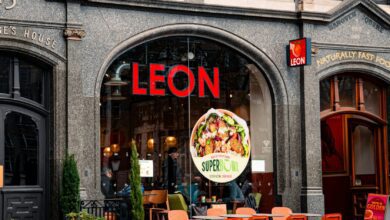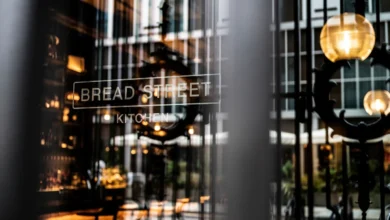A changing appetite for craft beer

Register to get 1 free article
Reveal the article below by registering for our email newsletter.
Want unlimited access? View Plans
Already have an account? Sign in
Once upon a time, beer drinkers consumed hoppy lagers, strong ales, stouts and wheat beers, but in the last half a century, the consumer has jettisoned these flavours for a lighter style of lager, with Budweiser retaining the title as the UK’s favourite. However, the past few years have witnessed the resurrection of craft beer, with consumers consistently wanting to separate themselves from the norm by putting infinitely more care and attention into the drinks they choose. In the UK there are over 1,400 small and independent craft breweries, producing beverages using high quality ingredients. The consumers changing attitude towards craft beer has resulted in a boom in sales, a huge increase in the craft beers available and rapid growth in the number of registered British brewers. So why is it happening? Is it the calibre of drinking experience that the modern consumers favours? Does the drinker enjoy feeling like they are part of some sort of well-informed club? We’ve done some digging to find out…
Everyone’s talking about millennials, so we had to ask ourselves what they have to do with the craft beer boom. We find ourselves leaning towards products made by small businesses, putting quality well above price, despite our crippling debt caused by low disposable income, student loan repayments and entry-level salaries. So, when it comes to beer, the millennial loves craft and our attitude has creating a seismic alteration in the craft beer industry. This demographic perceive craft brews as an affordable luxury, associating a homegrown beer with invaluable social experiences. You might be interested to know that 58% of consumers who drink craft beer are under 35 years of age, a chunk of our society who are incredible influential when it comes to trends.
Much of the success of craft beer is down to the way it looks and the way it tastes. The often ‘cool’ branding for craft allows the consumer to buy into the story behind the brewery, its history and the process used to make it. We love their colourful cans, original artwork and novelty names. Regular lager is produced en masse, there is nothing to write home about flavour-wise and it’s often rather watery, where as craft brews are an artisanal exploration of quality, flavour and brewing style. I asked a colleague why she loved craft beer so much and she replied, “You wouldn’t buy the same meal every day, so why would you drink the same beer?”. Craft beers all taste different, with varying intricacies in their hops. As humans, we are inquisitive, with a natural inclination to try new things, which is why so many of us treat craft beer as an exploration and self-education.
One of the things that attract most consumers to craft beer is the sheer variety available. Mass produced beer proffers standard options that we tire of easily, whereas craft beers give us a constantly changing and exciting myriad of choice. The numbers from CGA Strategy make it pretty clear what’s going on in the industry – the sale of lager lies flat, but from April 2017 to April 2018, the sales of craft beer in the UK grew by a whopping 23%. The explosive craft beer market is sending up warning signs to big brewers like Carlsberg and Heineken, who are adapting by buying small breweries. In 2011, InBev acquired Goose Island and have bought 11 more in the last seven years, including the hipster brands, London Fields Brewery and Camden Town Brewery, responsible for the incredibly popular Camden Hells Lager. Many big breweries have made their own craft beers, like Diageo who created Hop House 13 in 2015. This has caused a backlash in the genuine craft beer community, who believe that the consumer is being misled to believe that these are small, independent brews because of the way they are branded and marketed.
As long as the consumer is educated about the difference between big brewers and small independents, the future of craft beer is bright. A few years ago, the pub-loving British were hit with the sombre fact that over 30 pubs in the UK were closing each week, a number that the craft beer boom is helping to minimise. The rise of craft has caused tap rooms, microbreweries and pubs dedicated to craft brews to pop up all over trendy parts of town. Our consumer trends tend to follow those of the USA, where 33% of beer consumed is craft. In the UK, 3% of the beer we drink is craft, so there is plenty of room for expected rapid growth. As a nation, we are developing a mature attitude towards brewing, with 47% of consumers associating craft alcohol with distinctive flavour and 42% of consumers understanding that high quality ingredients must be used to create craft drinks, according to Mintel.
As the UK moves away from cheap, watery lagers and look towards quality and heritage for our drinking habits, craft beer is becoming loved by Britain and stands as a rejection symbol against flat lager and tasteless brews. We all want to belong the craft beer club and to be seen by society as connoisseurs of quality and taste, valuing the good times and sophisticated choices associated with it.
By Digby Vollrath, CEO and co-founder of Feast It







